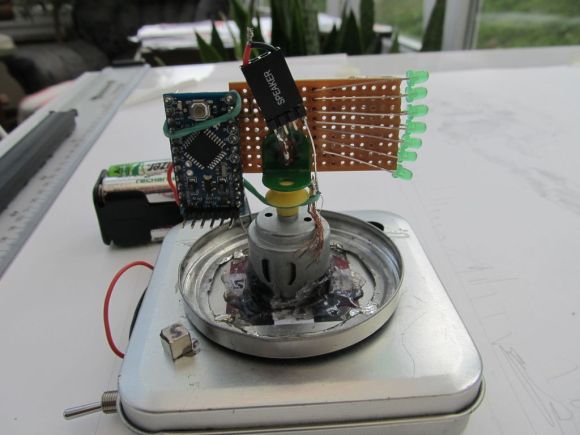Flipbook Automation Saves Your Thumb
You’ve probably seen a flipbook. That’s a book with pictures on each page. Each picture is slightly different than the last one so if you flip rapidly through the book you get a little animation. We like the German word, Daumenkino, which translates as “thumb cinema” and that seems appropriate. [Barqunics] put a decidedly new twist on this old technology. His flipbook senses a viewer and automatically flips the pages using a motor. You can see the Arduino-controlled device in the video below.
The presence detection is a ubiquitous sonar sensor. The frame is easy to make since it uses cardboard and hot glue. A DC motor like you find on many toy cars or robots provides the rotation. No 3D printing needed, but we did think it would be easy to 3D-print or laser-cut the pieces.
You’d think the flipbook would date back to antiquity, but apparently, the earliest known ones are from the mid-1800s. However, the idea isn’t that different from a phénakisticope or a zoetrope other than those devices use a disk or drum that would be easy to rotate. Something to consider if you plan to recreate this project.
We should have guessed there would be automated ways to generate images for a flipbook. That opens up a lot of interesting ideas for projects, too.


